| Structure | Name/CAS No. | Articles |
|---|---|---|
 |
Hydrochloric acid
CAS:7647-01-0 |
|
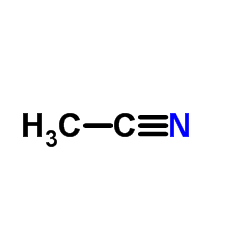 |
Acetonitrile
CAS:75-05-8 |
|
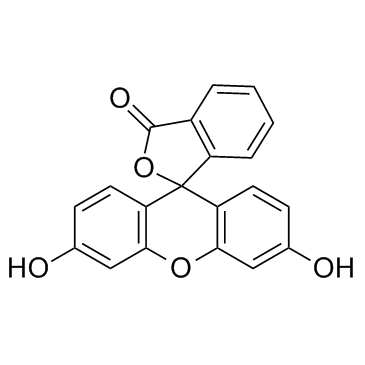 |
Fluorescein
CAS:2321-07-5 |
|
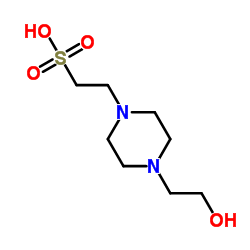 |
HEPES
CAS:7365-45-9 |
|
 |
Atenolol
CAS:29122-68-7 |
|
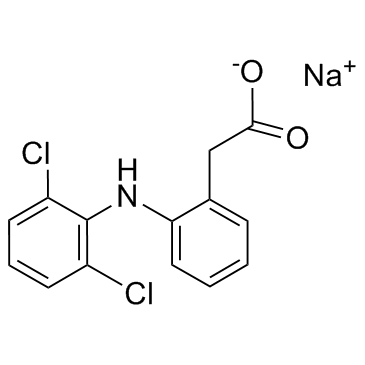 |
Diclofenac sodium
CAS:15307-79-6 |
|
 |
Lidocaine
CAS:137-58-6 |
|
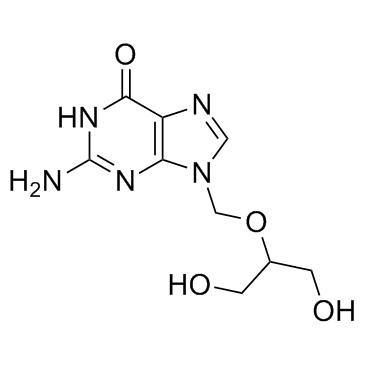 |
Ganciclovir
CAS:82410-32-0 |
|
 |
HYDROGEN CHLORIDE ~1.25 M IN METHANOL, 250 ML
CAS:132228-87-6 |